
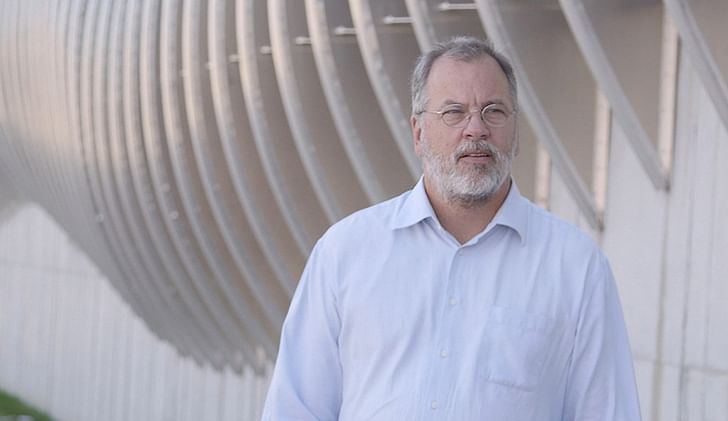
For the second installation of the Matters of Scale series I’m talking to Bill Zahner, president and CEO of the A. Zahner Company. For many people Bill doesn’t need an introduction—he’s been involved with the engineering and fabrication of metal façade systems for the likes of Frank Gehry, Herzog & de Meuron, Diller Scofidio + Renfo, Kohn Pedersen Fox Associates, and many, many others. When initially planning the Matters of Scale series, Bill’s name was first on my list of people that I wanted to include in the larger conversation, and I’m elated to be able to include him so early in the series.
The work of A. Zahner has resonated with me personally for some time. Somewhere around 2005 or 2006 I heard Bill give a presentation at Build Boston (now the Architecture Boston Expo). His presentation was the first time I can recall seeing work that straddled the fine line between art, architecture, and engineering, and I sheepishly introduced myself to Bill afterwards to thank him. In the conversation that followed he kindly let me know that there was more than enough room in the industry for someone equally interested in manufacturing as design. And while it may have taken me 10 years to realize the value in those words of encouragement, they’re something I still carry to this day.
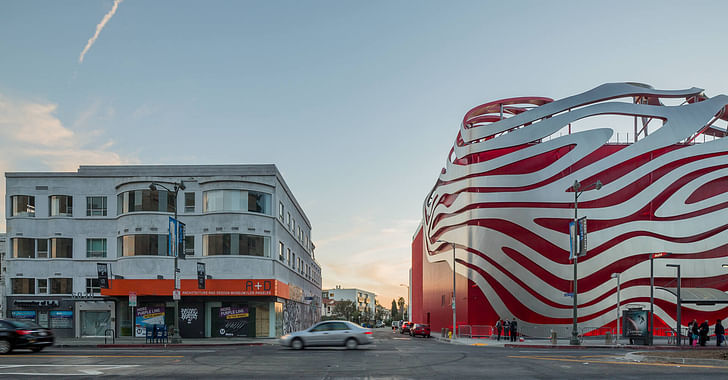
The A. Zahner Company handles a wide scope of work, providing the engineering, fabrication, and installation services one would expect from an architectural metals company but also tackling materials research and software development. Could you talk a bit about the company's mission and why you’ve chosen to engage it in such a variety of ways?
Bill Zahner: Our mission is an overall statement of our company philosophy—everything is weighed against this and it’s in the background of how we approach our work. We provide our services to our customers and we want to exceed their expectations for whatever service or product we provide to them.We want our team to be better today than they were yesterday—to keep looking for what is beyond.
Many have written that exceeding expectations is waste. I disagree. We want to go further and keep pushing in order to achieve better for our customers, and in doing so we challenge ourselves to find more interesting ways of accomplishing the customer’s requirements. We want our team to be better today than they were yesterday—to keep looking for what is beyond.
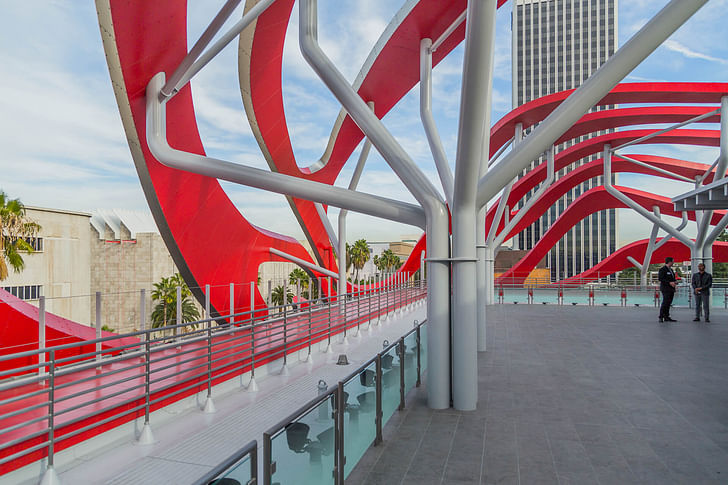
You and your company have been participating in the conversation around digital fabrication in architecture for a long time, helping some of the biggest names in the industry realize geometrically-complex projects. As a bad example, A. Zahner showed up on my own radar back in the early 2000s when the Experience Music Project was first making the rounds in architecture publications. Since then architects have become increasingly familiar with some of the technologies that are central to your work. Has that any impact in how your business approaches their work?
No, it's only changed things in the sense that we don't have to go back and explain as much about what we’re doing. I think it is wonderful that designers are becoming more familiar with computational techniques and digital fabrication processes. What we are seeing actually is a two dimensional world being taken over by the third and fourth dimension of possibilities. The digital expression gives an infinite view of the world. When I started, you had four elevations and a few section cuts; today you have a solid model that allows infinite views and infinite section views. The future is going to be more intriguing, as seeing artists and designers embrace the possibilities is going to bring detail back to the world.The digital expression gives an infinite view of the world.
But, how do I want to put this… a lot of designers that have some training only go so far. They may understand certain things within the process of how, for example, to split things up into finite-element pieces and assemble them together, but they don't know the material. Those that do know the material don't know the artistic end of it, and those that have a more aesthetic feel for what they want to create don't know how the material's actually going to perform. It's very few that have both.
And they probably all work for you.
Well, I'd hope at least an awful lot of them would! [laughter] Everyone knows how water jets and lasers cut, and even how to program them to do it. I've often said that you could take all of our equipment and put it across the street and you still wouldn’t be able to compete with us. Even though it's all the same tools and some of the skills on how to operate it, but there's more to it. There's a deeper connection, deeper desire. It involves things like the level of risk you might want to take.

You've been critical of the construction industry and what can happen to work that falls within the scope of the general contractor. Has A. Zahner’s use of the design-assist model been a response to that, so you can have a level of agency in a project that might not be otherwise possible?
About 90 percent of the work we do today is design assist, maybe even greater than that. It's not so much the desire to have a sense of authorship as much as it is a desire to be involved very early with the people that are creating the thing so that we can work with them on establishing both the concept and the budget.
We like to be involved very early on. We like to be involved very early in assisting the designer, getting the client what he wants. Maybe even more than what he wants. But that's the fun of it. We start with an idea and then we'll create several things out of that, work with the designer, and then refine things some more. You've got to have a way of generating those ideas and then taking them out, and then seeing where they go.
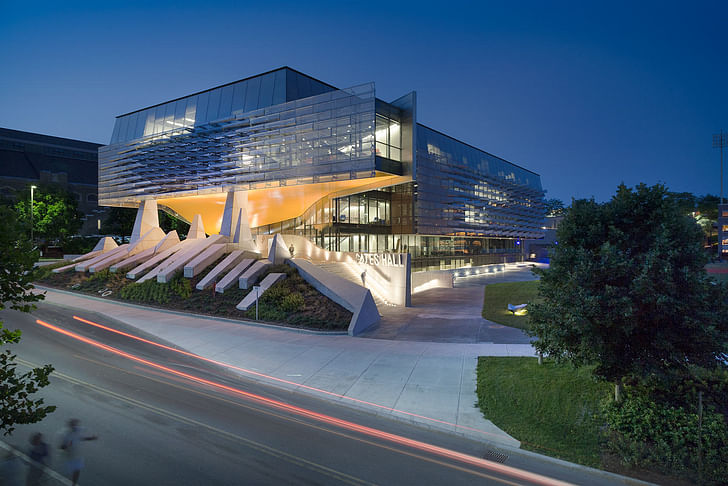
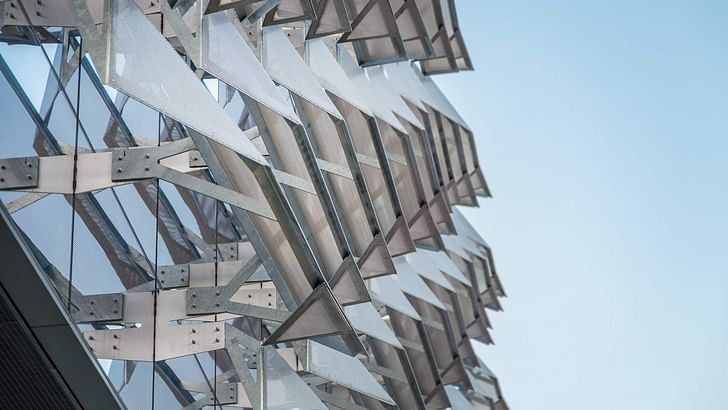
Did you have that level of involvement with the Peterson Automotive Museum in LA?
The owner very much wanted to see what we could do and he would be here from 7:30 in the morning until 11:00 at night. From our point of view if every construction project was like that project it would be a much more fun place to work in the world.
We built a full-scale mock‑up for the owner just so he could see how the sun and the clouds would look on the surfaces we were proposing. We were testing out different fasteners on the mock‑up and what we found was that at some lights big‑headed screws reflected the light in such a way that they made them almost glow different than the rest of the surface. We refined the engineering and hit the budget they were after. We manufactured all these very complex forms and got them installed in a record period of time.
Some of the press that came out on the museum was really negative, but the owner didn't care. He just wanted people to notice the building.
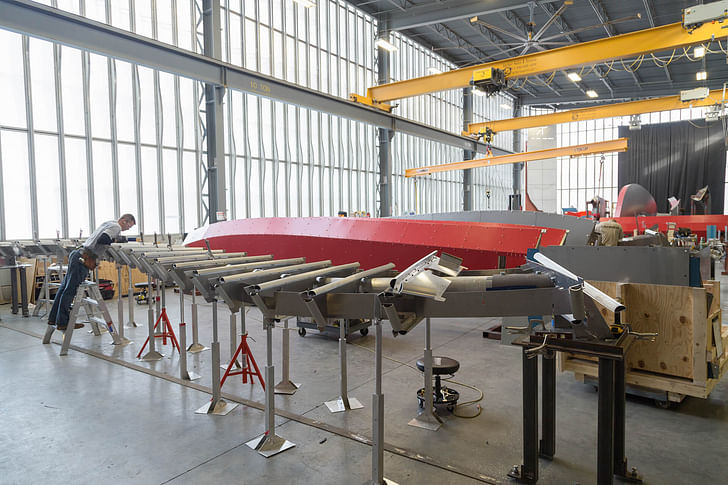
You're involved with a project during the design phase, but the design is largely coming from the outside, from the architect. But in the ideal situation you're able to look at how the engineering and the craft of its components give life to the design.
The greatest aspect I have been able to hold onto over the years is the intertwined relationship of the good craftspersons with the engineering intellect. The craftspeople that work here are experts in the materials. They can do things no computer can accomplish. The digital aspect allows us to reduce time and waste, experiment and create. The final product though, is purely human and adds as much or more to the unique beauty of the experience.I think material science is going to explode.
Back in the 80s and 70s, we were pretty decent craftsmen. After introducing computers into our work in the 90s and seeing that they enabled, I realized we had to marry those two things. That’s the balance that we play: having the very good craftsmanship with very good engineering. I often say it's what defines us.
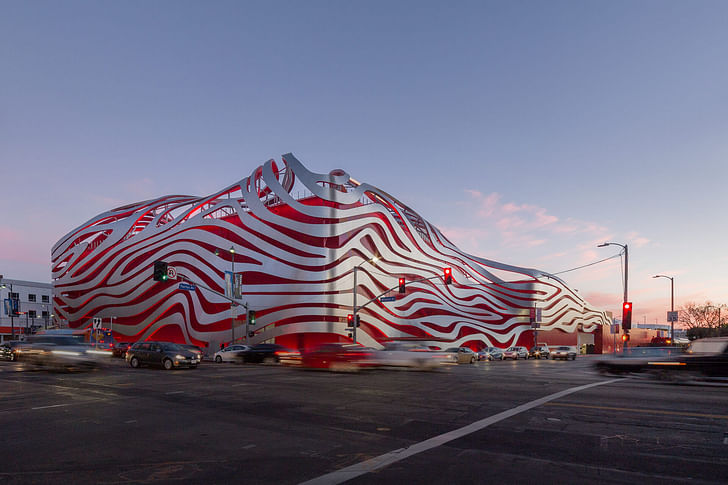
What do you see coming down the pipeline—is there anything that people are talking about now that gets you really excited, or are there just incremental developments from this point out?
No, no, no. I think we're on the verge of some pretty major changes. I think robotics are really going to play a huge part in custom fabrication. I can see those playing a big role in what we're doing. I think it's going to expand things that we didn't know we could do. That is going to be a whole lot of fun to investigate. I think material science is going to explode. We're seeing it now. Early in my career I enjoyed working in that realm. Back then when you get stainless steel, you'd have a choice of number four or number eight finish, maybe a 2B finish, and that was it. And my response was I didn’t like any of them, so we made our Angel Hair and Glass Bead finishes. We took things that had kind of been done and commercialized then.
The whole BIM thing is getting screwed up a little bit these days, but it will sort itself out. I'm looking for the excitement of the next stuff. Robotics, the science of surfaces, the protective surfaces like graphene and others that are going to be put on materials. I think it's going to revolutionize some things. I also think: moving surfaces like the stuff we were doing with Chuck Hoberman on the Tessellate line. It marries what is being done with robotics, in a sense, with surface changes. That may be 10‑plus years out, because people don't understand how to design with it just yet. But I think it's coming.
Aaron likes his music loud, his coffee black and his whiskey neat. A designer and technologist in Brooklyn, NY, his current investigations relate to the practical application of computational tools and their intersection with traditional interpretations of craft and technique. Aaron is a founding ...
1 Comment
Great interview, nice to hear about fabricators like Zahner that make these crazy renderings come to life. Nice to see some actual design going on in the world.
"Those that do know the material don't know the artistic end of it, and those that have a more aesthetic feel for what they want to create don't know how the material's actually going to perform. It's very few that have both." THAT is the key to great design, seems like most of the greats know both sides.
Block this user
Are you sure you want to block this user and hide all related comments throughout the site?
Archinect
This is your first comment on Archinect. Your comment will be visible once approved.